Navratri 3-12 October 2024: Significance & Auspicious Time
Navratri is one of the most important and auspicious Hindu festivals. It celebrates the nine different forms of Goddess Durga and is spread across nine nights, hence the name ‘Nav’ (nine) ‘Ratri’ (night). It symbolizes the annihilation of evil forces and the exchange of positive energies. Read this article to learn about the method to perform puja on the nine days, and more.
Navratri stands for the auspicious nights that transform negative energies into positive energies. Goddess Durga transcends time and space dimensions of the past, present and future. She embodies the three worlds - physical world, mental world and the transcendental cosmic world.
Claim your 30 page FREE horoscope reading based on Vedic Astrology principles, which consider Moon Sign for more accuracy.
She is the Cosmic Nature represented as Prakriti and resides in every atom in this universe in the form of matter, energy and consciousness. Her highest form is in the primordial vibration ‘Aum’, which is supposed to be the source of creation. She is one with Shiva, the Purusharth form, in the cosmic atom.
The story of Navratri
The demon Mahishasura penanced for years and Lord Brahma appeared before him to grant his wish that he would not be killed by any god, man or animal. This shook the cosmos and Lord Indra invoked the Trimurti (Lord Shiva, Lord Vishnu and Lord Brahma) for help. The Trimurti then created the invincible female goddess - Durga - and each one of them gave their weapon to her to fight the demon.
Goddess Durga charged Mahishasura with a roar and battled with him for whole nine days, assuming a different form each day. By the tenth day, she emerged victorious and the whole universe praised her, calling her ‘Mahishasura Mardini’ (the destroyer of Mahishasura), which is celebrated as the success of good over evil.
What are the different forms of Goddess Durga during Navratri?
Day 1: Shailaputri
The daughter of the Himalaya Mountains, incarnated as Goddess Parvati, is depicted as riding the bull, Nandi, with a ‘trishula’ (trident) in her right hand and lotus in her left. The colour associated with the Goddess on this day is white. Offer her pure ghee to bless you with a disease-free life.
You can chant the following mantra on this day:
Om Hreem Shri Shailaputri Durgaaye Namaha
Om Devi Shailputryai Swaha
Vande Vanchhit Laabhaay, Chandrardhkritshekharaam
Vrisharudham Shooldharaam Shailputriim Yashaswinim
Day 2: Brahmacharini
Goddess Brahmacharini is worshipped for emancipation or ‘moksha’ and the endowment of peace and prosperity. She is seen holding a rosary and ‘kamandal’ (an oblong water pot) in her hands, symbolizing bliss and calm. The colour associated with the Goddess on this day is red. Offer her sugar for the longevity of your family members.
You can chant the following mantra on this day:
Om Hreem Shri Brahamacharini Durgaaye Namaha
Om Devi Brahmcharinyai Namah
Dadhaanaa Kar Padmaabhyaamakshmala Kamandaloo
Devi Prasidatu Mayi Brahmcharinyanuttamaa
Day 3: Chandraghanta
Goddess Durga assumes the form of Chandraghanta after marrying Lord Shiva, when, as Parvati, she adorned her forehead with the ‘ardhachandra’ (half lit Moon). She is the embodiment of beauty and bravery. The colour associated with the Goddess on this day is Royal Blue. Offer her kheer (sweet rice pudding) to drive away all pain.
You can chant the following mantra on this day:
Om Hreem Shri Chandra Ghanta Durgaaye Namaha
Om Devi Chandraghantayayi Namah
Pindaj Pravaarudh Chandkopastrkairyuta
Prasadam Tanute Madhyam Chandraghanteti Vishrutaa
Day 4: Kushmanda
It is believed that on the fourth day of Navratri, Goddess Kushmanda created the universe with the cosmic egg. This day is also associated with the nature and vegetation of earth. The colour associated with the Goddess on this day is yellow. Offer her sweets to improve your intellectual quality.
You can chant the following mantra on this day:
Om Hreem Shri Kushmanda Durgaaye Namaha
Om Devi Kushmandayayi Namah
Suraasampoorna Kalasham Rudhiraaplutamev Cha
Dadhaanaa Hastpadmaabhyaam Kushmanda Shubhdaastu Me
Day 5: Skandamata
Goddess Durga assumed the form of Skandamata when she transformed into the strength of a mother when her child Kartikeya was confronted with danger. The colour associated with the Goddess on this day is green. Offer her banana to protect your children.
You can chant the following mantra on this day:
Om Hreem Shri Skanda Mata Durgaaye Namaha
Om Devi Skandmatayayi Namah
Sinhaasangataam Nityam Padmaanchit Kardwayaa
Shubhdaastu Sadaa Devi Skandmata Yashaswini
Day 6: Katyayani
Born to sage Katyayana, the Goddess is depicted as one with courage. She is known as a Warrior Goddess and has the combined power of Parvati, Lakshmi and Saraswati. The colour associated with the Goddess on this day is grey. Offer her honey to bring you prosperity.
You can chant the following mantra on this day:
Om Hreem Shri Katyayani Durgaaye Namaha
Om Devi Katyayanyayi Namah
Chandrahaasojjval Karaa Shaardoolvarvaahanaa
Katyayani Shubham Dadyaad Devi Daanavghatini
Day 7: Kalaratri
Considered as the most ferocious form of Goddess Durga, it is believed that as Kalaratri she killed the demons Sumbha and Nisumbha. The colour associated with the Goddess on this day is orange. Offer her jaggery to remove obstacles and pains from your life.
You can chant the following mantra on this day:
Om Devi Kalratryayi Namah
Ekveni Japakarnpoora Nagna Kharaasthita
Lamboshthi Karnika karni Tailaabhyaktshariirini
Vaam Paadollasallohlata Kantakbhushanaa
Bardhan Moordham Dhwajaa Krishnaa Kalratrirbhayankari
Day 8: Mahagauri
She symbolizes intelligence and peace. It is believed that when Kalaratri took a bath in River Ganga, she gained a warmer complexion and assumed the form of Mahagauri. The colour associated with the Goddess on this day is peacock green. Offer her coconut burfi and sweets to receive abundance and manifestation.
You can chant the following mantra on this day:
Om Devi Mahagauryayi Namah Shwete Vrishesamarudha Shwetaambardhara Shuchih
Mahagauri Shubham Dadyanmahadev Pramodadaa
Sarava Mangala Mangalye Shive Sarvartha Sadhike Sharanyei Trymbake Gauri Narayani Namosthute
Day 9: Siddhidatri
On the last day of Navratri, the Goddess assumes the form of Siddhidatri, who possesses and bestows all types of ‘siddhi’ (capabilities and spiritual powers). She is also seen as the ‘Ardhanarishvara’ (Half Male, Half Female) form of Shiva and Shakti. It is believed that she takes over one-half side of the body of Lord Shiva. The colour associated with the Goddess on this day is pink. Offer her sesame seeds for safety and security from unnatural death.
You can chant the following mantra on this day:
Siddha Gandharva Yakhsadyairasurairamarairapi
Sevyamana Sada Bhuyat Siddhida Siddhidayini
Ya Devi Sarvabhuteshu Maa Siddhidatri Rupena Samsthita
Namastasye Namastasye Namastasye Namo Namah
Navratri 2024
Navratri starts on 3rd October, 2024
Navratri ends on 12th October, 2024
Kalash Sthapana or Ghat Sthapana Muhurta (Auspicious Time)
3 October 2024 - 6:23 AM till 10:18 AM
Vijaya Dashami or Dussehra is on 12th October 2024
Significance of Vijaya Dashami or Dussehra
Goddess Durga battled the demon Mahishasura for whole nine days, assuming a different form each day. By the tenth day, she emerged victorious and the whole universe praised her, calling her ‘Mahishasura Mardini’ (the destroyer of Mahishasura), which is celebrated as the success of good over evil.
There is also the tradition to celebrate this day as Lord Rama's victory over Ravana, the demon king of Lanka. The Navratri festival, thus, ends with a celebration to honour this day by burning huge effigies of the demon Ravana.
Dussehra or Vijaya Dashami, therefore, is celebrated as the victroy of good over evil and is a message to overcome our fears, greed and negative thoughts.
Method to perform Puja during Navratri
Ghat Sthapana: Place the idol or image of Goddess Durga at an altar and keep a clay pot with sown barley nearby.
Kalash Sthapana: Pour water in a holy jug, preferably silver or copper. Put coins and five mango leaves in it. Close the lid, place uncooked rice and a raw coconut wrapped in red cloth on top of it.
Panchopachara: Worship Goddess Durga with five elements - scent, flower, dhoop (incense), diya (lamp), and offerings.
Akhand Deep: Place a diya (lamp) which will be lit all throughout the nine days.
Durga Stuti: You can chant the daily mantras of Ma Durga, Lalita Sahasranama, Devi Mahatmyam, Navratri Slokas, and devotional songs.
Arti: Once the daily chants end every evening, complete the day with ‘arti’ (the circling of lighted lamps before the idol or image of the Goddess), to be done all nine days. Many people also fast through the nine days.
Kanya Puja: This is done on ‘Ashtami’ (8th day); few people also observe it on ‘Navami’ (9th day). Invite nine girls, who are still in pre-puberty stage, for the puja. These nine girls are considered as forms of Goddess Durga. They are to be offered ‘puri’ (dep fried bread), ‘halwa’ (a sweet dish) and black chickpeas along with some money and gifts.
Ghat Visarjan: On the 10th day, you can conclude the Navratri Puja by thanking Ma Durga for accepting your prayers and wish her as she leaves for her divine adobe by offering her uncooked rice and flowers. Slightly move the ‘ghat’ that you had installed during Ghat Sthapana as a mark of conclusion. You can then remove the idol/image of the Goddess and clean the place.
How is Navratri celebrated in different states?
In eastern India and Nepal, it is a very important festival and is celebrated in a lavish way. Pandals are installed in community shrines, followed by daily prayers and offerings of food to the devotees. Devotees also put up performances, maintain food stalls and conduct other entertaining things at the pandals.
They celebrate Shashti, Saptami, Ashtami and Navami and during the tenth day of Vijayadashami, a great procession is held where clay statues of Ma Durga are ceremoniously walked to the river for farewell. On this day, women even smear each other with vermillion and distribute gifts.
In North India, Ramlila is conducted, where effigies of Lord Rama, Ravana, Kumbhakarna, and Indrajit are put up and that of Ravana is burnt on the tenth day to celebrate victory over evil forces.
In Bihar, Goddess Durga is worshipped by performing arts and celebrations are held at the local temple dedicated to Sita, Hanuman, Durga, and Ganesha.
In Gujarat, people observe fasts and offer prayers to the symbolic clay pot known as ‘Garbo’ and the festival is celebrated by performing arts and the ‘Garba’ dance, accompanied by live orchestra, seasonal raga or devotional songs.
In Maharashtra, Navratri celebrations vary. The common celebration starts with Ghata Sthapana (‘Mountain of Jar’) that symbolises prosperity and knowledge; and the Ghat is kept for nine days. They worship the different forms of Ma Durga by offering prayers and food.
In Tamil Nadu, the celebration includes ‘golu’ (miniature dolls of Gods and Goddesses). They invite and visit each other’s houses by exchanging gifts.
What are the different types of Navratri?
Vasant Navratri
This comes in the month of Chaitra (March – April). It welcomes the Hindu New Year and is celebrated during the waxing phase (Shukla Paksha) of Chaitra month.
Ashadha Navratri
It is observed during the Shukla Paksha (waxing phase) of Ashadha month (June- July).
Sharad Navratri
It is celebrated in a grand manner during the Ashvin month (September – October) and is called Maha Navratri, setting the winter season.
Paush Navratri
It is observed during Shukla Paksha (waxing phase) of the Paush month (December – January).
What are the three major cleansing forms of Goddess Durga during Navratri?
- The first three days are devoted to Ma Durga, symbolizing a purification that takes place at the physical level. Fasting during this period cleanses the physical body.
- The three days in between are connected to Goddess Lakshmi and promotes the purification of our emotional and astral matters. Fasting during this time releases emotional baggage.
- The last three days are connected to Goddess Saraswati and primarily purifies us at the mental level, helping us to detach ourselves from our false beliefs. Thus, it is connected with our mental and spiritual matters.
What are the nine virtues followed during Navratri?
- Fasting
- Meditation
- Prayer
- Chanting of Mantras
- Offering gifts to girls who are at pre-puberty stage
- Distributing food and other services
- Extending love, kindness and non-injury towards self and others
- Being generous
- Being honest and not hurting others
Science behind Navratri
Our bodies are synchronized with the time of day and night, affecting our circadian rhythm by influencing pupil dilation, alertness, melatonin levels, and heart rate modulation. Navratri is the period when our circadian rhythm and biological cycles are adjusted through fasting, meditation and by indulging in other spiritual activities.

Vimsottari Dasa Reading
The interpretation of Vimsottari Dasa and its Antardasha and Pratyantra Dasa is intricate work that entails an analysis of the strength of each planet, their position from each other, the houses they own as well as their nakshatra placement, not to mention the strength of the planet that owns the house it occupies. To find the true results of each dasa in your life, get a Vimsottari Dasa Reading by our Vedic astrologer to time events in your life most accurately without the use of AI. Learn about your best period for career, love, finances, and public recognition. more
2026 Horoscope Reports
Translate
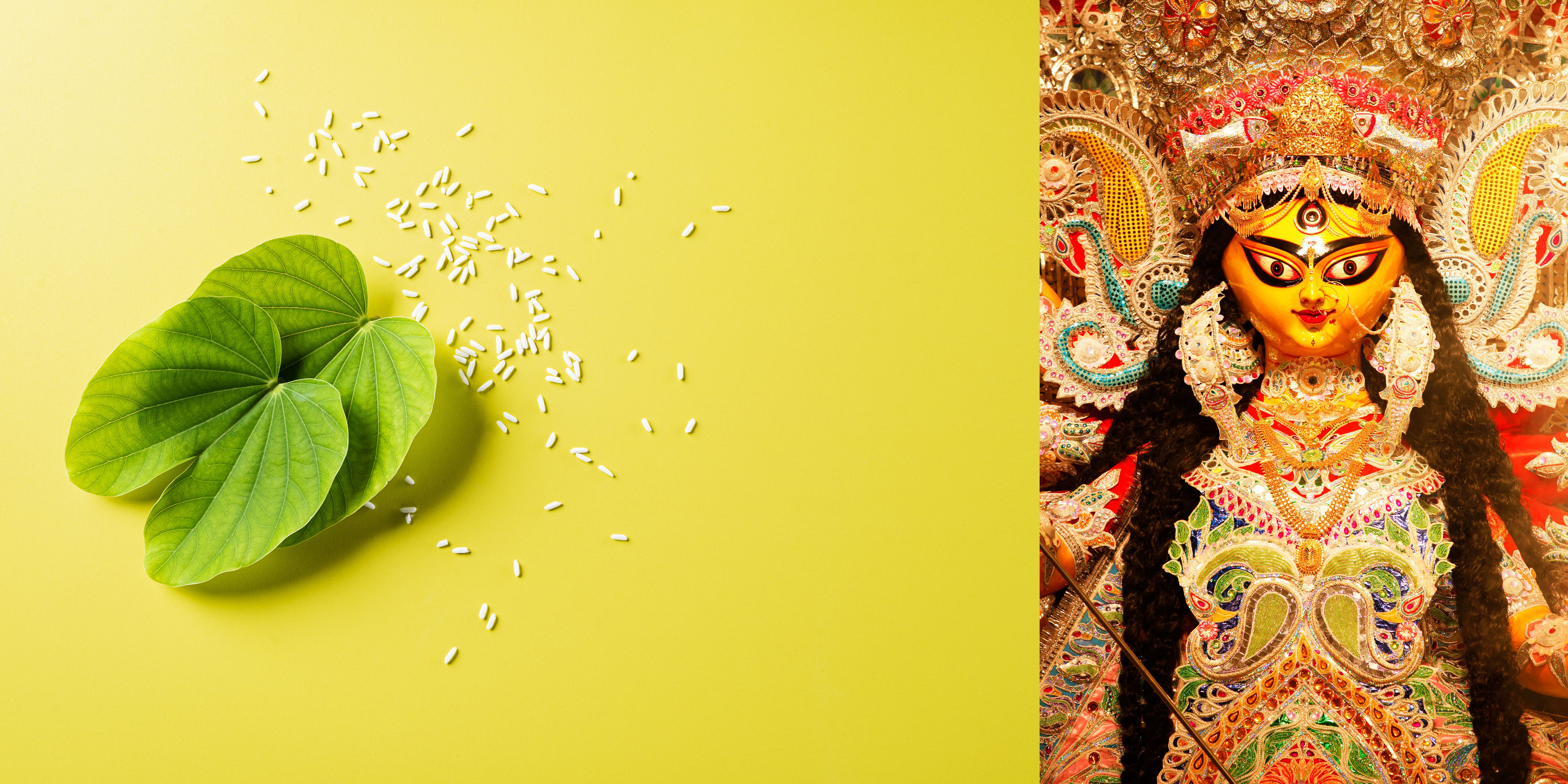
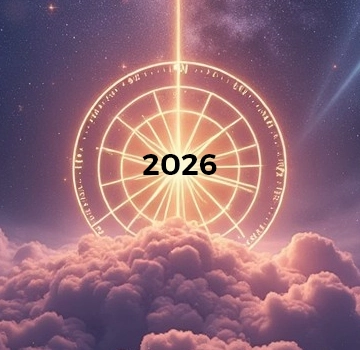

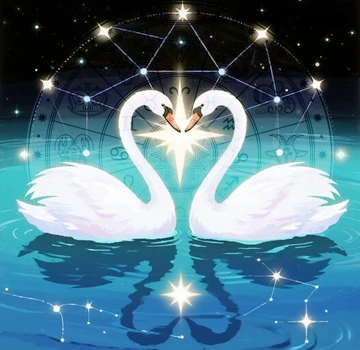

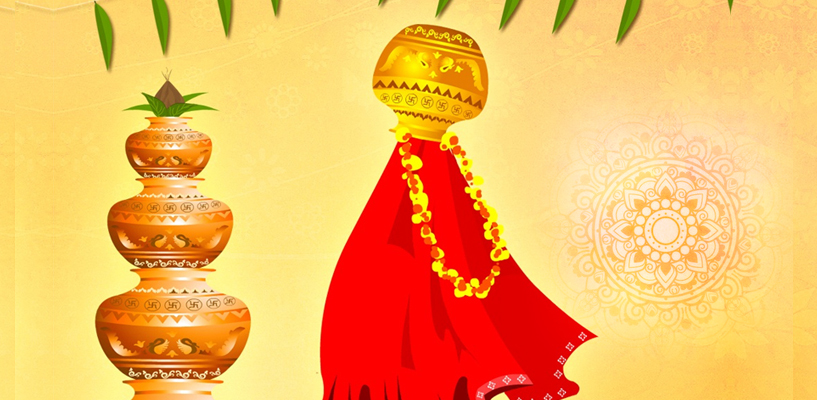 The significance of Vedic Hindu New Year
The significance of Vedic Hindu New Year
 The Hindu Almanac as your wrist Watch
The Hindu Almanac as your wrist Watch
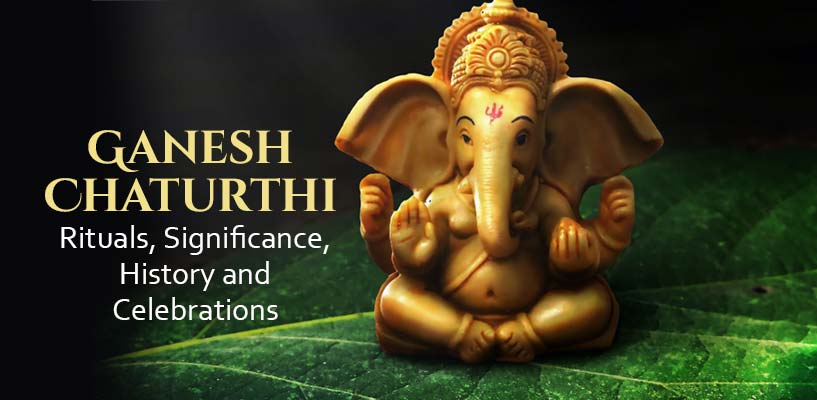 Ganesh Chaturthi - Rituals, Significance, History and Celebrations
Ganesh Chaturthi - Rituals, Significance, History and Celebrations
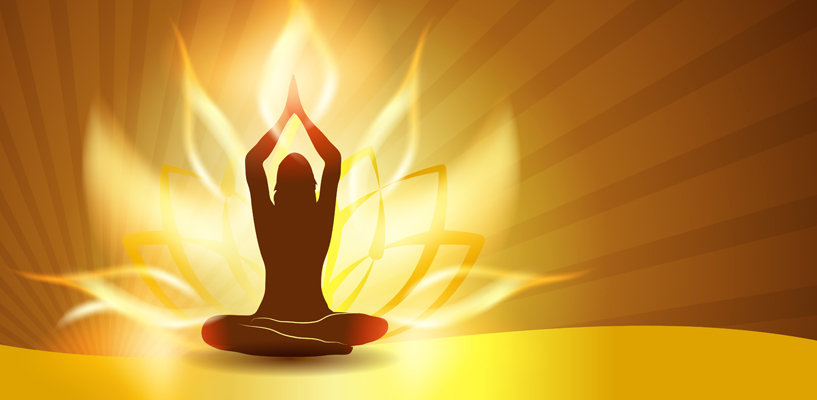 Chanting Mantra- A Healing Aid
Chanting Mantra- A Healing Aid
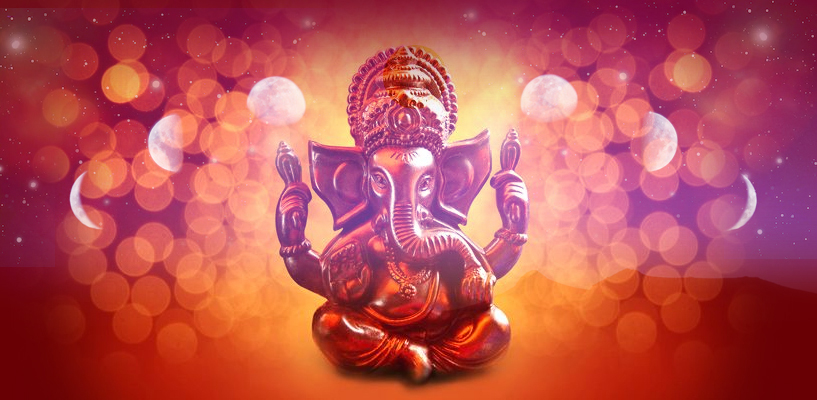 What is the significance of Ganesh Chaturthi?
What is the significance of Ganesh Chaturthi?
